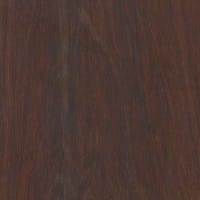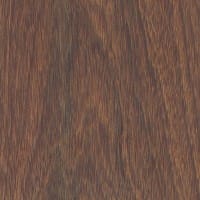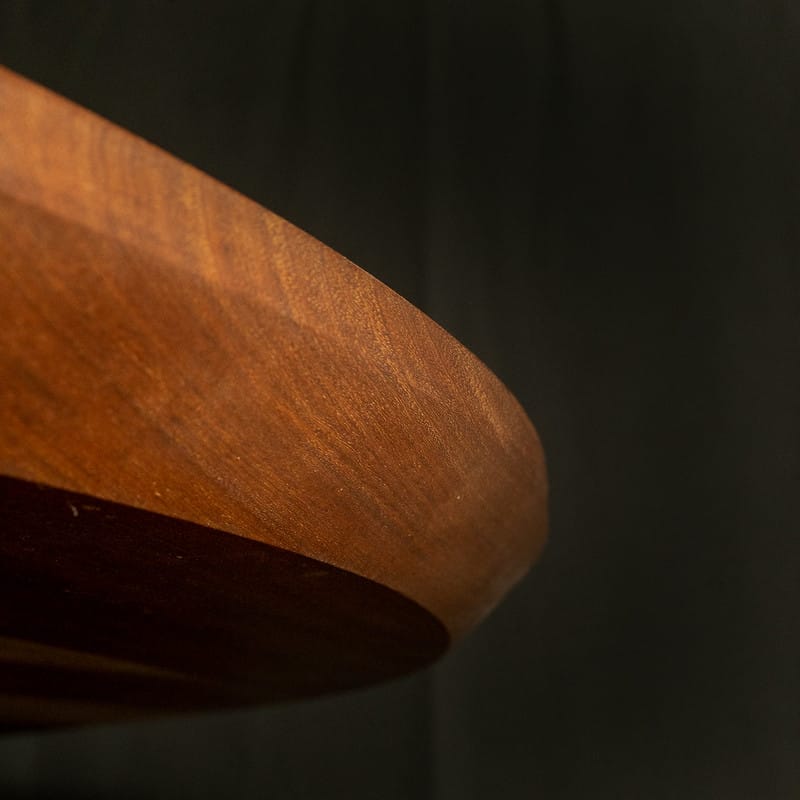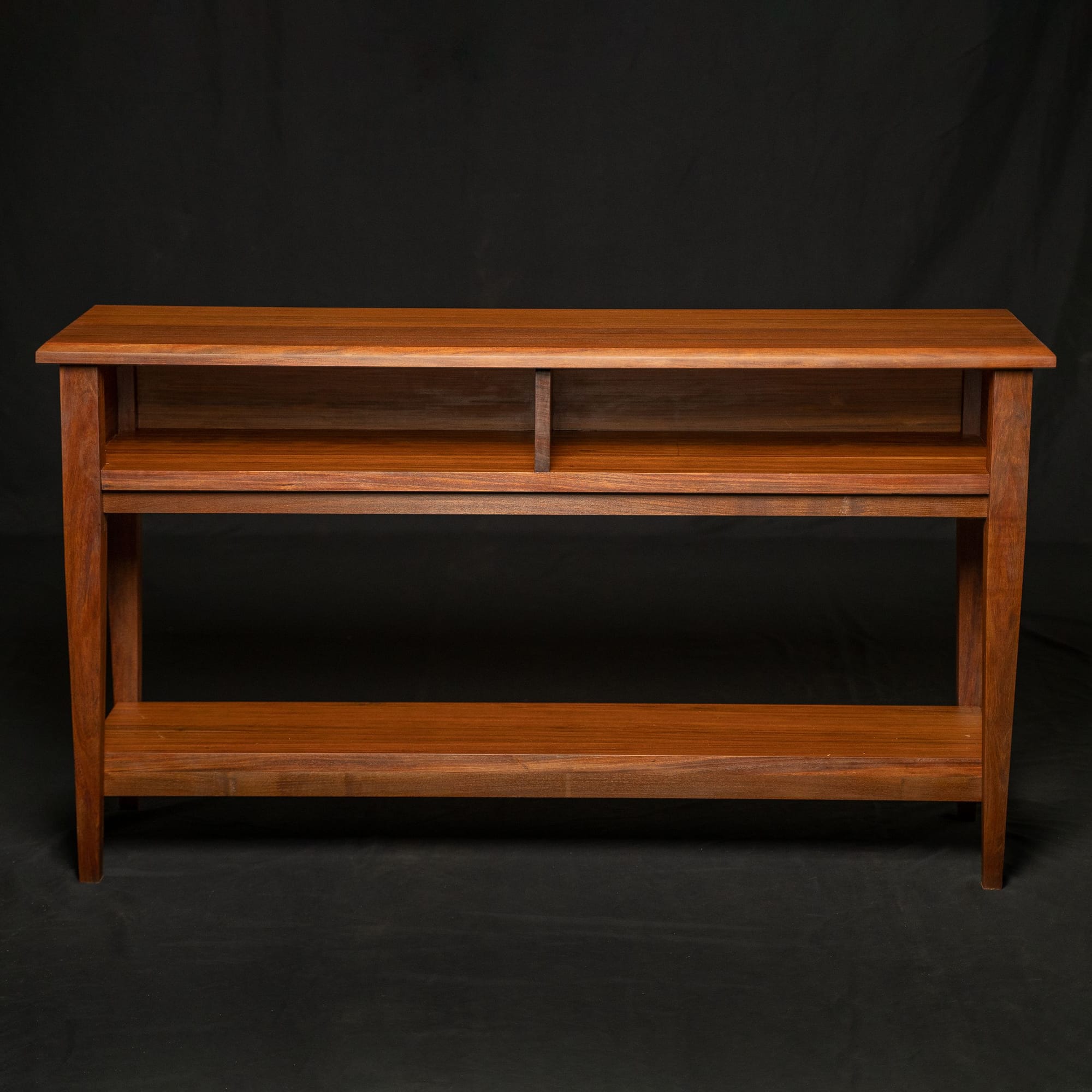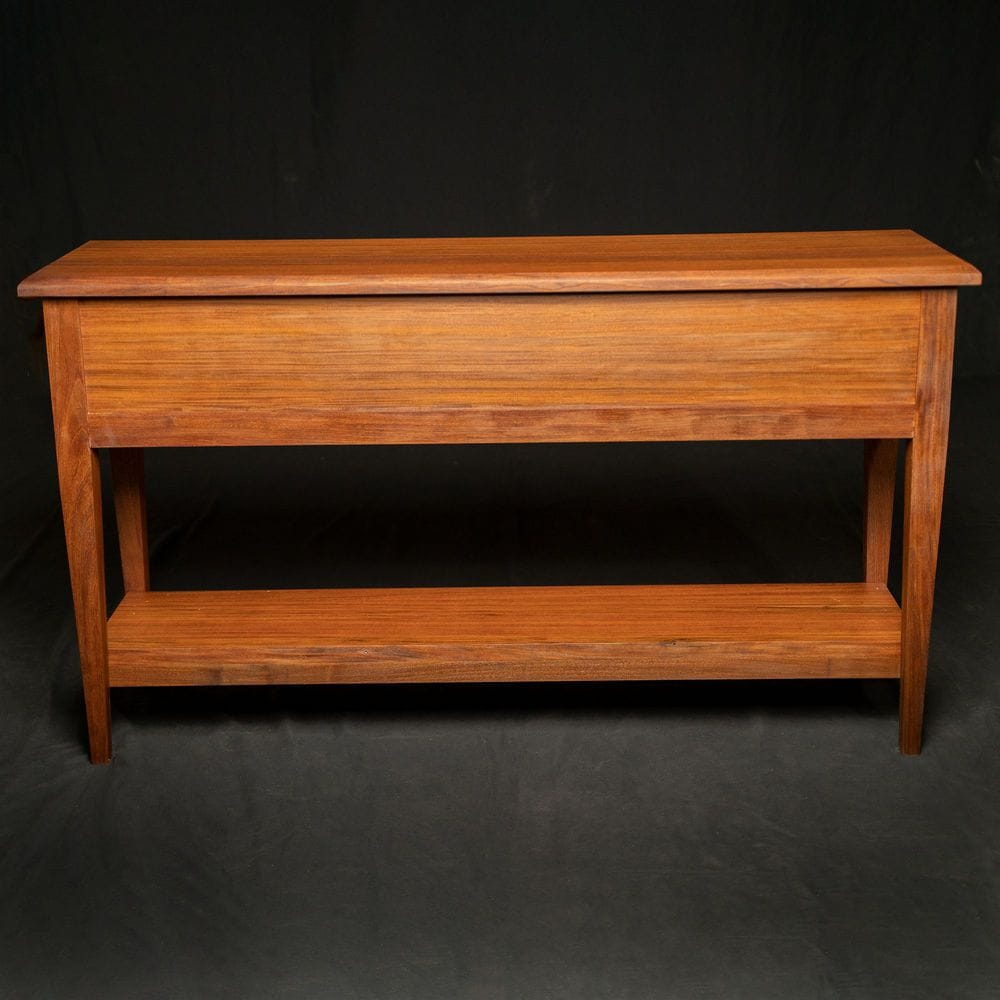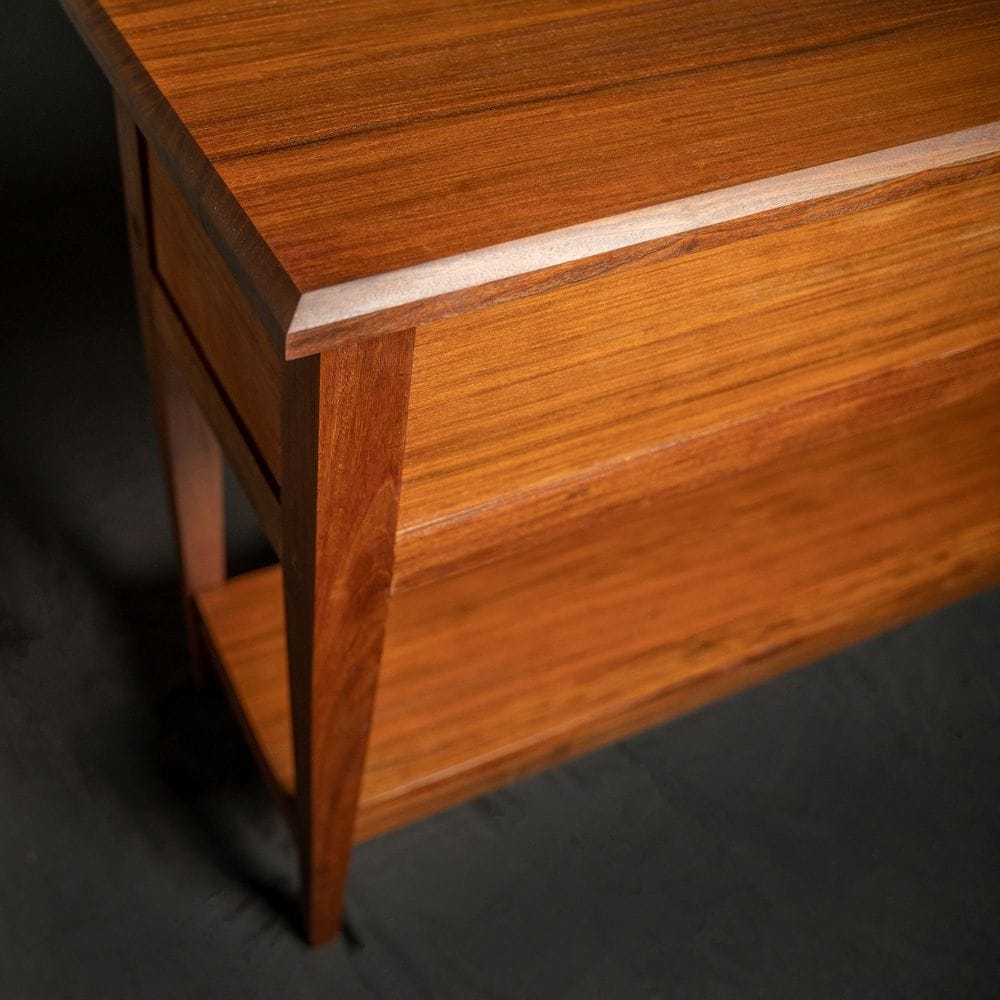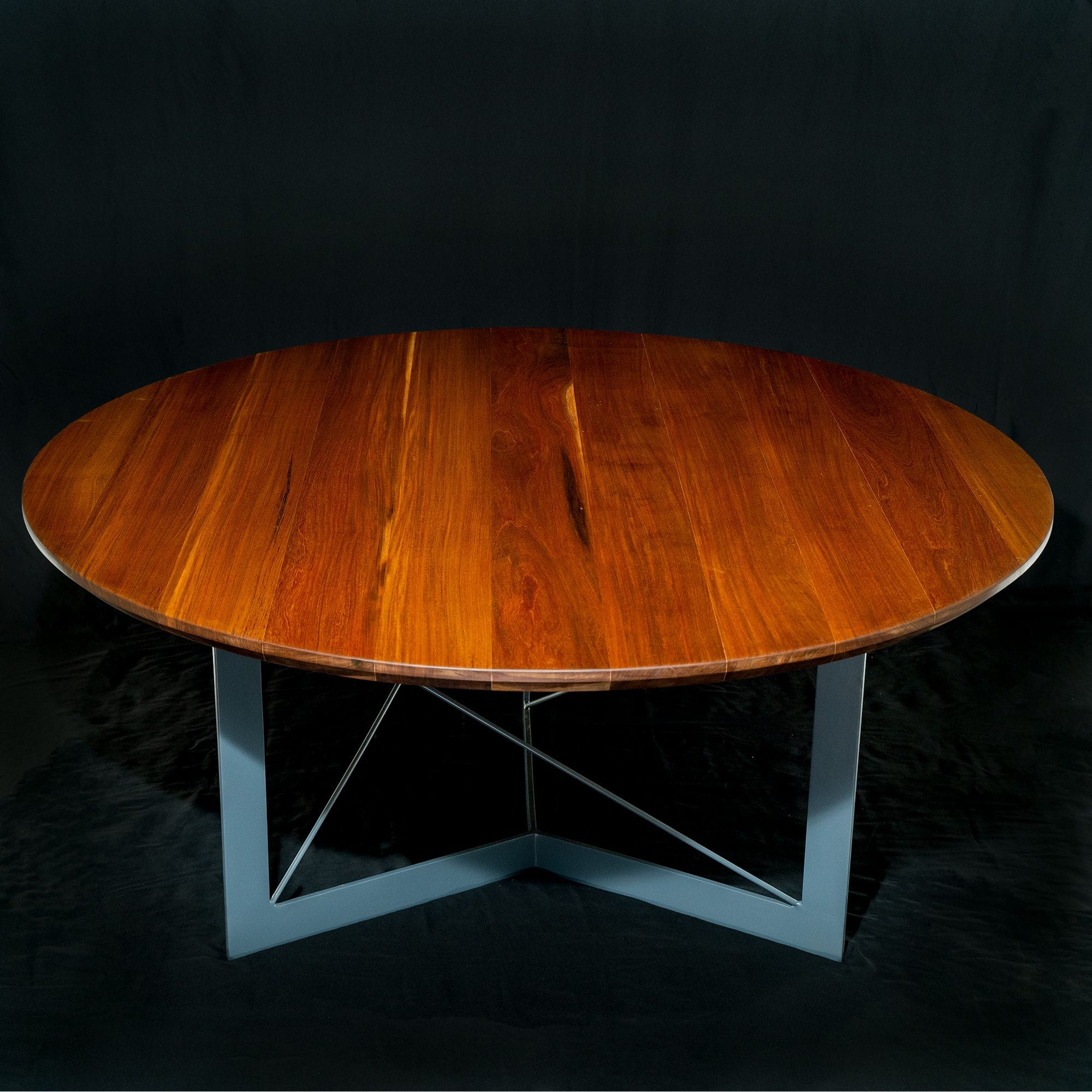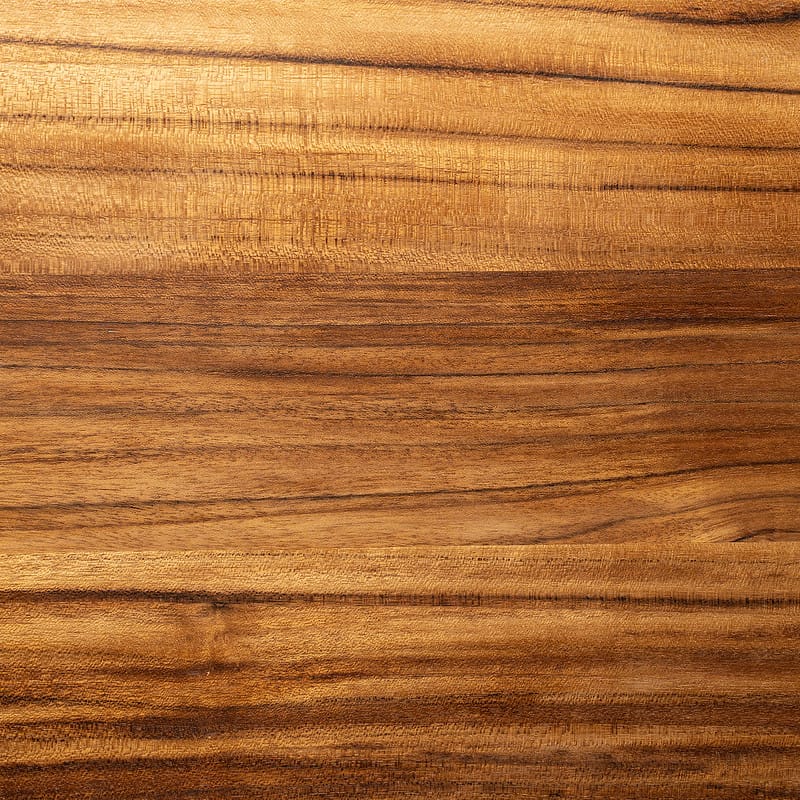Ipe, also known as Brazilian Walnut, Lapacho, or Guayacan in some parts of Central America, stands as a premier wood choice for its exceptional durability and strength, ideal for outdoor applications such as flooring and decking. Originating from the Tropical Americas and also commercially farmed, Ipe trees soar to heights of 100-130 feet with trunk diameters of 2-4 feet, highlighting its presence in the forest canopy. This wood is distinguished by its high density, at 69 lbs/ft3, and extraordinary hardness, evidenced by a Janka rating of 3,510 lbf, which contributes to its unparalleled durability, resistance to wear, and ability to withstand environmental stress.
The heartwood exhibits a wide color range from reddish-brown to green olive or darker blackish brown, often accented with contrasting darker stripes. Its fine to medium texture and the grain, which may vary from straight to interlocked, enhance its aesthetic appeal. However, Ipe’s high density and hardness present challenges in workability, affecting cutting tools and requiring specific preparation for effective gluing.
Notably resistant to rot and insects, with some species also showing resistance to marine borers, Ipe is excellently suited for exterior uses. Its remarkable durability was showcased in the New York City's Coney Island boardwalk, which demonstrated Ipe’s longevity under intense traffic and environmental pressures. Although handling Ipe can cause skin, eye, and respiratory irritation, appropriate safety measures can mitigate these risks.
Moderately priced for an imported species, Ipe's sustainability is a concern due to its sparse natural density, necessitating large-scale forest clearings for its harvest. However, environmentally conscious consumers can find certified sources of Ipe.
In essence, Ipe, or Guayacan, with its extreme hardness, strength, and durability, combined with its environmental resistance, is highly sought after for outdoor construction projects, despite workability challenges and sustainability issues.
